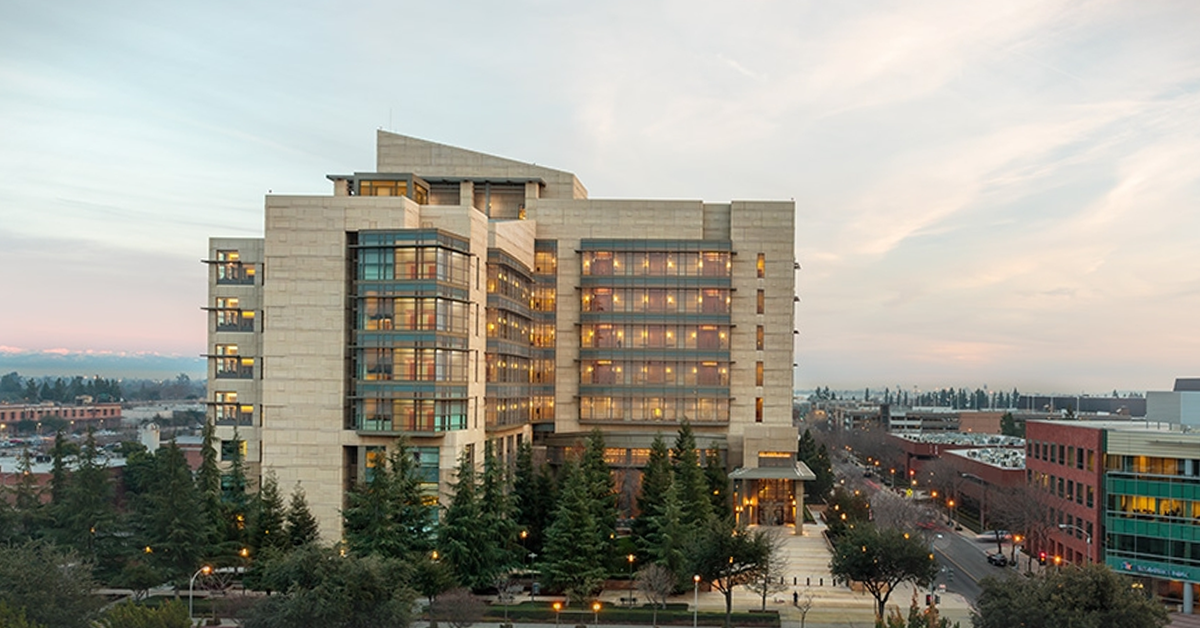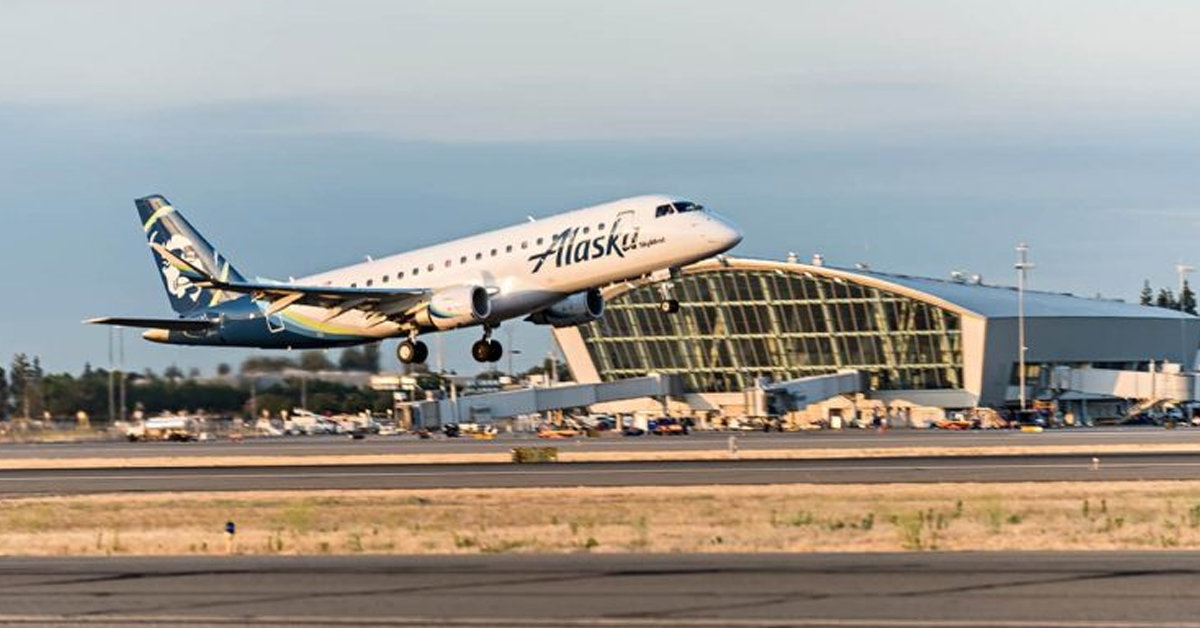With rising food prices and tight finances, more consumers are turning to buy now, pay later (BNPL) options to purchase groceries and takeout.
Driving the news: Last year, approximately 6.5% of the US population, or 15 million consumers, used BNPL installment loans to pay for groceries, with about 5.4% of low-income households utilizing this option. Experts predict that this trend might continue into this year as consumers across all income groups struggle with increasing prices.
- Even higher-income earners, making over $100,000 annually, were found to use BNPL installment loans to purchase food each month.
- Half of the consumers earning over $100,000 revealed cutting back on nonessential spending at the grocery store, while over 60% of those earning under $100,000 had to reduce their spending due to high food costs.
What they’re saying: Erika Kullberg, an attorney and personal finance expert, explains that BNPL offers a short-term solution for managing expenses by allowing shoppers to spread out payments over time.
- “As the cost of living rises, people find it harder to manage their budgets and cover their expenses,” she told Yahoo Finance. “Therefore, BNPL offers a short-term answer by allowing shoppers to spread out payments over time.”
State of play: While food prices remained flat for most items in February, they are still 22.3% higher than 2020 levels, causing households at every income level to make sacrifices.









